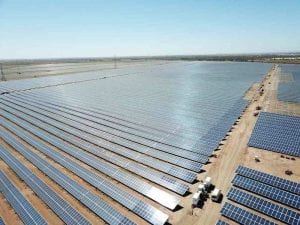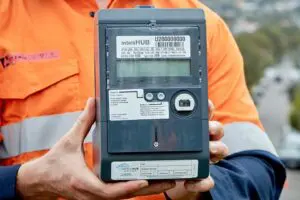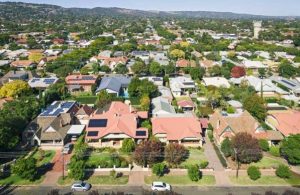“It makes little sense.” And in just four words, one of the country’s biggest – and some would say most intransigent – utilities, EnergyAustralia, summed up the anger, frustration and disappointment over the latest farce in Australia’s electricity markets.
The very future of the Energy Security Board – brought in by Malcolm Turnbull as an over-riding body and some sort of panacea following the blackouts in South Australia and the Finkel Review – is now in doubt after its proposed capacity mechanism was rubbished by nearly one and all in the submissions released on Thursday.
EnergyAustralia’s assessment is highlighted here because it is this company that was seen as one of the main instigators of the capacity mechanism discussion. The fact that even it now sees no point in the ESB’s proposal sums up the complete failure of the ESB to put forward a credible policy document.
In fact, what the ESB served up ahead of the last state and federal energy minister’s meeting was a re-heated version of Angus Taylor’s fossil fuel wet dream. The proposal has barely changed at all, and the big question now is how the ESB could possibly have the time to put forward a credible alternative by its end-of-year deadline.
The controversy here is not about the need for dispatchable generation, nor the need to provide some market signal – although the very role and nature of any capacity market is in hot debate.
It was always expected that renewable and storage developers would dismiss the ESB’s efforts to jam coal fired generation into a new capacity mechanism. They have been saying as much for years, yet the ESB ignored their advice and proceeded anyway.
Instead, the running commentary has been that a “capacity” market was essential, and the mainstream media – one can only presume completely captured by the main fossil fuel lobby groups – has been in furious agreement, despite the numerous capacity market disasters identified in Australia and overseas.
In the end, the ESB proposal was laughable. Many pointed out that capacity mechanisms would not have prevented the series of events that hit the Australian electricity markets in June, as they have failed to do in Europe. And nearly everyone agreed it would result in increased, not reduced, costs to consumers.
They also said that the ESB’s proposal – that Australia’s ageing and increasingly unreliable coal generators would not be penalised (just miss out on revenue) if they failed to deliver what they were paid for – was ridiculous.
Andrew Forrest’s Fortescue Future Industries said big penalties should apply. “Given the market consequences of failing to deliver, the penalties must substantially outweigh the benefits of engaging,” it said. “Proponents should only offer services they are confident of delivering when most needed.”
Another problem was the failure to fully recognise the potential of new technologies such as battery storage, or in FFI’s case, demand response from green hydrogen projects, to deliver the required services to the markets.
Instead, the ESB had what was largely dismissed as a misguided “derating” schedule that downplayed their usefulness to the grid in an emergency.
Some argue that no capacity mechanism is needed. Most agree that if one is needed, it needs to be tailored towards flexibility and availability, and new technologies. If the managed exit of coal is a problem, then they should set up a separate mechanism – bonds, an auction, or other – to deal with that.
Now, even the coal generation companies agree with that position, including EnergyAustralia, with the entirely predictable exception of Trevor St Baker, who combines some shrewd investments in EV infrastructure and other technologies with a stubborn refusal to accept the reality that the grid is changing.
Granted, the coal generators are probably trying to have their cake and eat it too. A separate coal-focused mechanism means they will most likely get more handouts for promising to keep to a stated deadline for their coal closures, as EnergyAustralia did with the Victoria government over the closure date for Yallourn.
The urging here is that – unlike the Victorian deal – any further agreements must be transparent and reveal the true costs to taxpayers and consumers. Many accept, albeit reluctantly, the inevitability of such an arrangement.
The problem the industry faces – at a time when new storage and dispatchable generation is desperately needed in the main grid – is that there is nothing but confusion and uncertainty, making it near impossible to secure finance. (The NSW renewable infrastructure plan being the main exception).
There are strong arguments now that the ESB needs to be disbanded, that a set of interim measures must be proposed – such as a capacity reserve – that can add some certainty while a credible mechanism fit for the future is put together.
It should be a very interesting ministers’ meeting next week. At least they will agree on the new proposal to put environment and emissions back into the electricity market objective and rules. If nothing else, that should prevent a repeat of the farce that we are currently witnessing.
Note: EnergyAustralia










